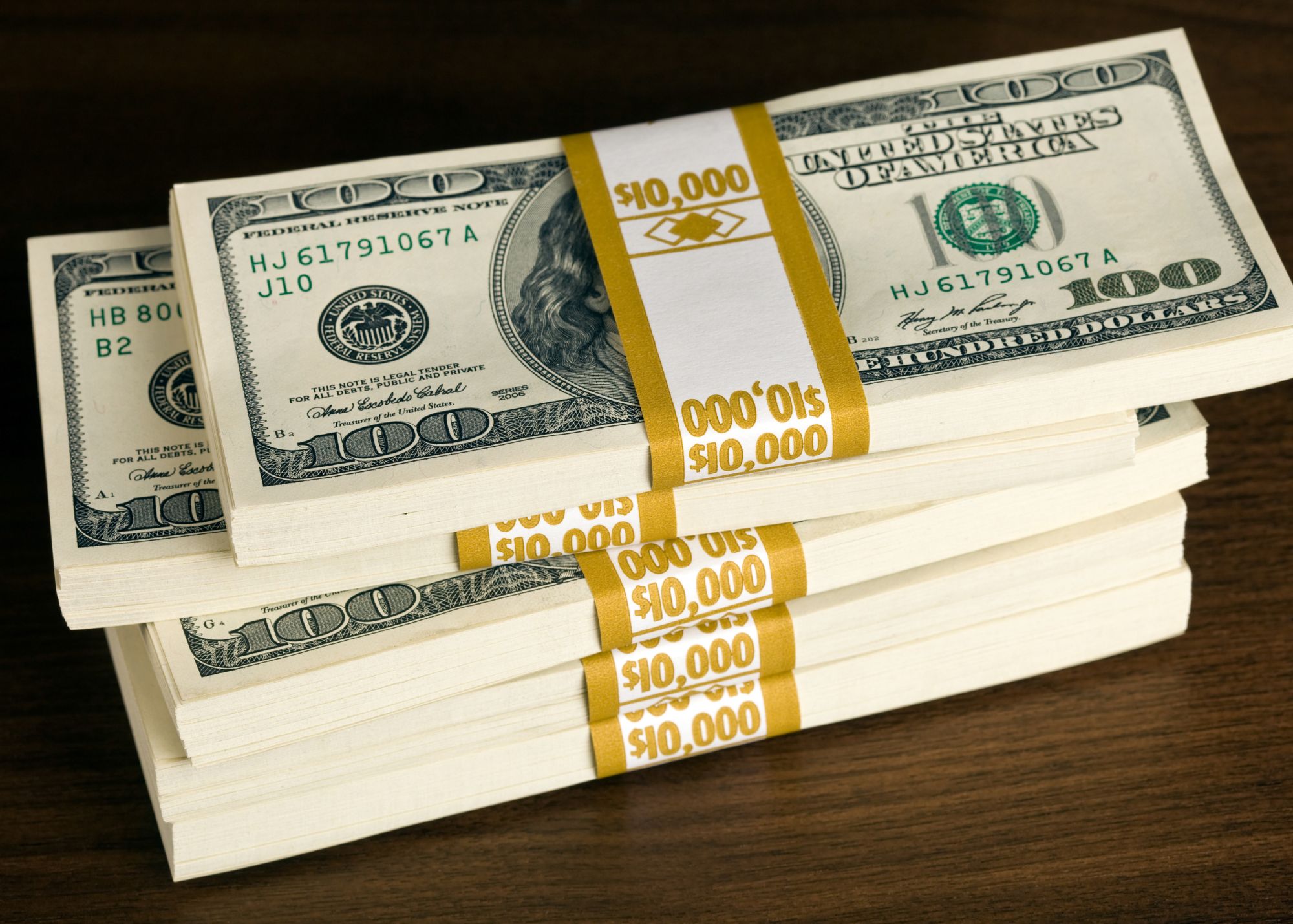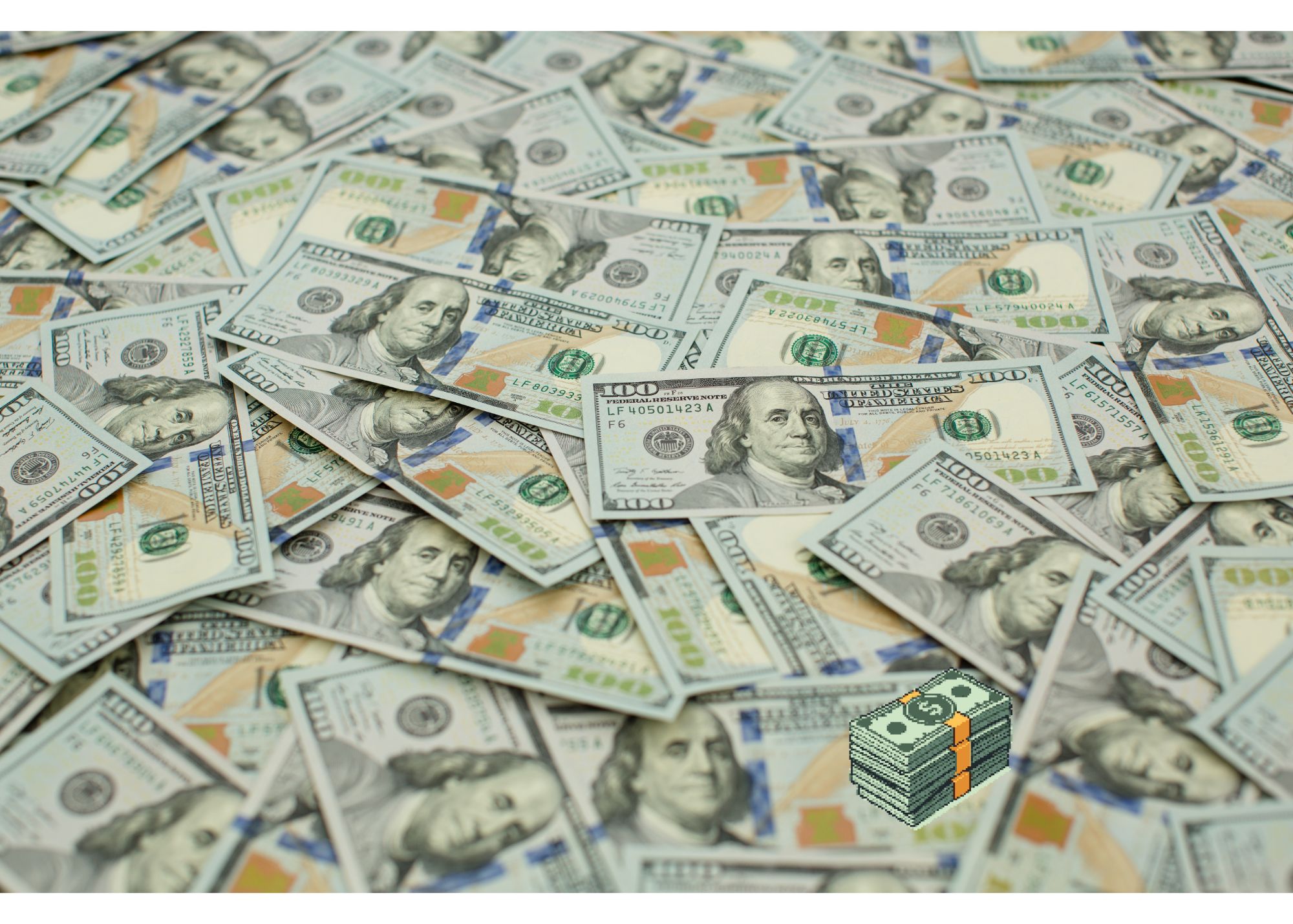Insights: 1 Super Safe Stock Can Turn $100,000 into $250k by 2030
It’s been a bumpy ride for the stock market over the past year yet one stock has largely bucked the trend: Berkshire Hathaway.
In 2022, the share price of Buffett’s company rose by just 4% compared to the S&P 500, which declined by 18.11%. From 1965 to 2022, Berkshire had a compounded annual gain of 19.8% compared to 9.9% for the S&P 500.
After over a half a century of outperformance you might think the glory days of Berkshire are behind it, but there’s still lots of money to be made, and perhaps now with even more certainty.
Key Points
- Berkshire Hathaway has outperformed the S&P 500 over the long term with a compounded annual gain of 19.8% from 1965 to 2022, compared to 9.9% for the S&P 500.
- Buffett’s firm is unlikely to continue making 20% annual gains due to the law of large numbers, which limits the opportunities for outsized returns when investing large sums of money.
- Despite this, the Omaha-based company is still a compelling investment due to its large pile of hard assets, attractive valuation, and potential to generate returns in line with inflation.
Will Berkshire Make 20% A Year?
Although the long-term history of Berkshire has been spectacular, the future won’t be so bright in percentage terms. That’s not me saying it, but rather it comes from the horse’s mouth, from Buffett himself.
He has made clear that the Law of Large Numbers works against Berkshire these days. When you are investing a million here and a million there, the market has sufficient liquidity to absorb your capital like a drop in the ocean. But when you are deploying tens of billions of dollars as Buffett and Munger do, liquidity poses a problem. Some companies are simply off limits to Buffett and his team.
In his words, he has to go elephant hunting. While the rest of us can buy and sell smaller amounts of any company, Buffett must take aim at big game and commit heavily to those bets to produce returns. Those opportunities necessarily appear less often and so the opportunity to generate outsized returns, as in the past, is diminished.
So, the short answer is Berkshire won’t make 20% annually going forward. If it did, it would only take 5 years to turn $100,000 into a quarter of a million dollars.
Can Berkshire Turn $100,000 into $250,000 by 2030?
In order for Berkshire to turn $100k into $250k by 2030, the share price would need to rise by approximately 13% annually, so is that possible? We think so.
And there’s a little-known reason why Berkshire could achieve this with relative ease. Berkshire has an astonishing trillion dollars listed on its balance sheet. To be precise, at last count, it had $948 billion. And as inflation takes off, a good place to park capital is in hard assets that hold their value. Where better to park capital than in the company that has the largest pile of hard assets, period?
Another big reason to buy Berkshire is its compelling valuation. The company has a fair value of $404 per share, which would translate to as much as 37% upside from current levels. Yet that’s what the stock is worth today. Within 7 years, the odds are in favor of Buffett’s firm continuing to outperform the market.
According to the government, the current rate of inflation is about 6.0%. At the very least, Berkshire’s asset-rich firm should generate returns of 6% annually in line with inflation. But real inflation is widely believed to be running hotter than the official statistics, and Berkshire should, at the very least, keep pace with the real economy’s inflation rate.
The incremental gain Buffett and his team to need to return to hit that 13% figure annually is in single-digit percentage terms as a result. Will Berkshire achieve that? We’ll be surprised if it doesn’t.



